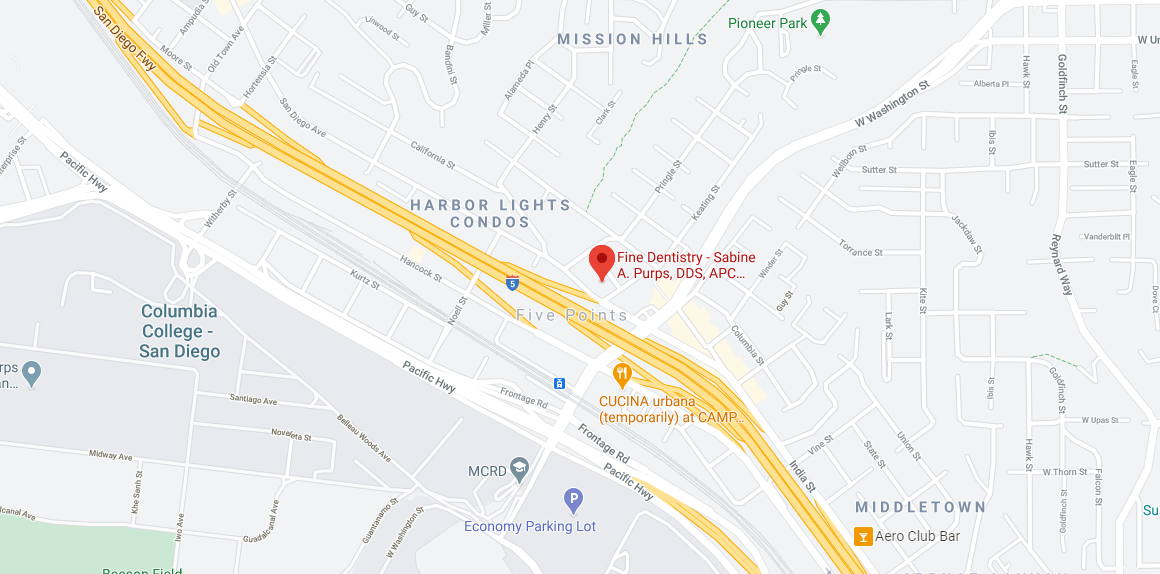What is TMJ Disorder?
The temporomandibular joint or TMJ is a joint that acts like a sliding hinge and connects your jawbone to your skull. This joint is found on both sides of your head in front of your ears. It allows you to open and close your jaw and it also enables you to eat or speak.
TMJ disorders are a type of temporomandibular disorders that can cause severe pain in your jaw joints and in the muscles that are responsible for controlling the movement of the jaw.
Causes of TMJ Disorders
In many cases, the causes of TMJ disorders are often unknown. Trauma or an injury to the jaw or the joint may play a huge role in this. Additionally, there are a plethora of health conditions that can contribute to the development of TMJ disorders which include;
- Arthritis
- Erosion of the jaw joint
- Habitual clenching or grinding of the teeth
- Birth defects in the jaw structure
There are other factors that often play a huge part in the development of TMJ which include;
- The use of orthodontic braces
- Prolonged stress or tension
- Lack of sleep
- Poor diet
Symptoms of TMJ Disorders
The symptoms of TMJ disorders are dependent on the severity of your condition and the factors that caused it. The most common symptom of a TMJ disorder that is experienced by all the patients is a sharp pain in the jaw and surrounding muscles. Other symptoms that are normally associated with TMJ disorders include;
- Pain in the face or neck
- Stiffness in the jaw muscles
- Limited movement of the jaw
- Locking of the jaw
- Clicking and popping sounds from the joints of the jaw
- Aching pain in the ears
- Difficulty and pain while chewing
How is a TMJ Disorder Diagnosed?
These are often very hard to diagnose. There are no standard tests that can be used to diagnose these disorders. Your doctor might refer you to a dentist or an ENT specialist if you are exhibiting the symptoms of TMJ disorders.
If you are exhibiting these symptoms, then your doctor might examine your jaw to see if there is any tenderness or stiffness. Your doctor might also perform some imaging tests which will help him in diagnosing the problem. These tests can include;
- A jaw X-ray
- CT scan of the jaw to monitor the bone and joint tissues
- MRI of the jaw to check for structural problems
Risk Factors
There are different factors that may increase the risk of developing a TMJ disorder which includes:
- Different types of arthritis
- Jaw Injury
- Chronic grinding and clenching of teeth
- Tissue diseases can cause problems in the temporomandibular joint.
When to See a Doctor
It is important that you seek medical attention if you have persistent tenderness or pain in your jaw. It is also a good idea to go see your doctor if you cannot completely open and close your jaw.
These are some of the most important things to keep in mind if you are suffering from a TMJ disorder here in San Diego. Book your appointment now!

